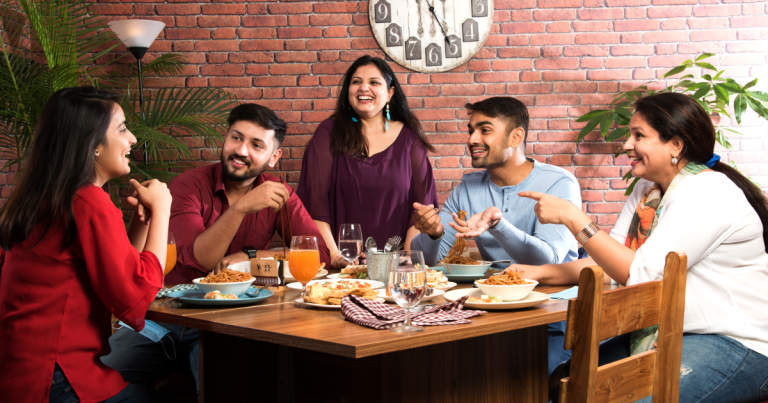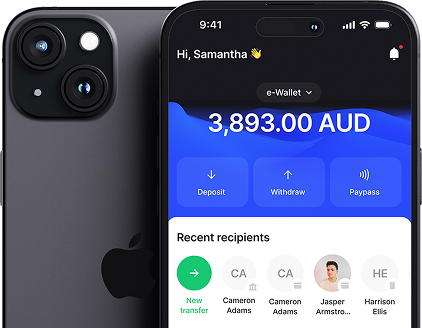Cost of Living in the Philippines: Managing Your Finances Abroad
21 November 2024

How Much Does it Cost to Live in the Philippines?
Moving overseas is a big step. You’ll be adjusting to a new place, a new culture and meeting many new people.
If you’re considering moving to the Philippines, it’s important to know how to get the most out of your experience – and your money. The cost of living depends on a variety of factors, such as:
– Where you choose to live
– The food you enjoy
– How much you spend on leisure activities
– Your lifestyle and spending habits
Tip: Before you start budgeting, use e-Pocket to transfer money to the Philippines at competitive rates and see exactly how far your AUD will go.
Aside from just having competitive rates, you can also make large transfer to the Philippines with e-Pocket.
Cost of Living in Major Cities in the Philippines
As a general rule, the big cities in the Philippines are more expensive, but costs can vary significantly depending on which city you’re in. Here’s a closer look at the average cost of living in the three largest cities (data current at the time of publication and subject to change).
Quezon City | City of Manila | Davao City (Average Costs)
– Inexpensive meal at a restaurant: PHP 200 | PHP 250 | PHP 250
– Three-course meal for two: PHP 1,350 | PHP 1,550 | PHP 1,500
– Domestic beer (500ml): PHP 75 | PHP 70 | PHP 73
– Soft drink (330ml): PHP 56 | PHP 53 | PHP 43
– Loaf of bread: PHP 71 | PHP 78 | PHP 69
– Beef (1kg): PHP 383 | PHP 432 | PHP 413
– One-bedroom apartment (city centre, monthly): PHP 18,131 | PHP 28,660 | PHP 16,286
– One-bedroom apartment (outside city, monthly): PHP 11,613 | PHP 15,231 | PHP 8,375
Salaries also differ. For example, the average monthly salary after tax is approximately:
– Quezon City: PHP 27,488
– City of Manila: PHP 28,409
You can check up-to-date numbers for many Philippine cities on Numbeo.
How to Reduce Your Expenses in the Philippines
There are plenty of ways to keep your costs down when living in the Philippines:
– Cook at home: Eating out is around twice as expensive as preparing meals at home.
– Shop at local markets: Markets are generally cheaper than supermarkets, and you can find bakeries with affordable bread.
– Be smart with clothing: Name brands can be expensive, but there are many shops where you can find good deals if you look around.
– Consider location carefully: City apartments can cost more than twice as much as those outside the city. Living further out might save on rent, but factor in extra costs like public transport or fuel.
The Cost of Living in Rural Areas
Rural areas are significantly more affordable than metropolitan ones. While exact costs will depend on the location and your lifestyle, you can generally expect to pay less for:
– Rent: Between PHP 5,000 and PHP 10,000 per month for a one-bedroom apartment
– Food: Markets in rural areas offer very low prices on fresh produce
– Transport: Jeepneys or tricycles typically cost between PHP 10 and PHP 30 per ride
– Utilities: Basic utilities average between PHP 3,000 and PHP 7,000 per month
– Healthcare: Treatment costs are usually much lower, but the quality and range of services can be limited
Tip: Do thorough research if you’re considering a rural area. Healthcare, job opportunities and infrastructure can vary greatly by region.
Comparing Australia’s Cost of Living to the Philippines
Overall, the cost of living in the Philippines is much lower than in Australia. However, the average annual wage in the Philippines is also much lower, so there’s more to consider than just prices.
Selected Cost Comparisons (Philippines vs Australia):
– Lunch in a city: AU$7 vs AU$23 (71% cheaper in the Philippines)
– Domestic beer: AU$1.78 vs AU$6 (71% cheaper in the Philippines)
– Housing: ~53% cheaper in the Philippines
– Entertainment: ~59% cheaper in the Philippines
For fresh comparisons, you can use websites like Expatistan Living Cost and My Life Elsewhere.
Expenses in the Philippines for Temporary Stays
If you’re only spending a short time in the Philippines, you’ll need to budget for extra expenses, including:
– Pre-departure costs: Visas, passport renewal and travel insurance
– Travel: Flights, accommodation and transport
– Unexpected costs: Always allow for extras like illness or emergencies – especially if you don’t yet have local health insurance
Tip: Check out our blog on Philippines Health Insurance to understand your options.
Conclusion
Knowing the cost of living in different parts of the Philippines will help you make the best decision about where to live.
As you plan:
– Consider your income and lifestyle
– Think about rent, food and daily expenses
– Be realistic about your leisure spending
For anyone moving to the Philippines, we hope you have a fantastic experience. Read more of our Philippines-focused articles to learn about the country.
And when you’re ready to Transfer Money to the Philippines, visit e-Pocket for competitive rates and a simple, secure process.




